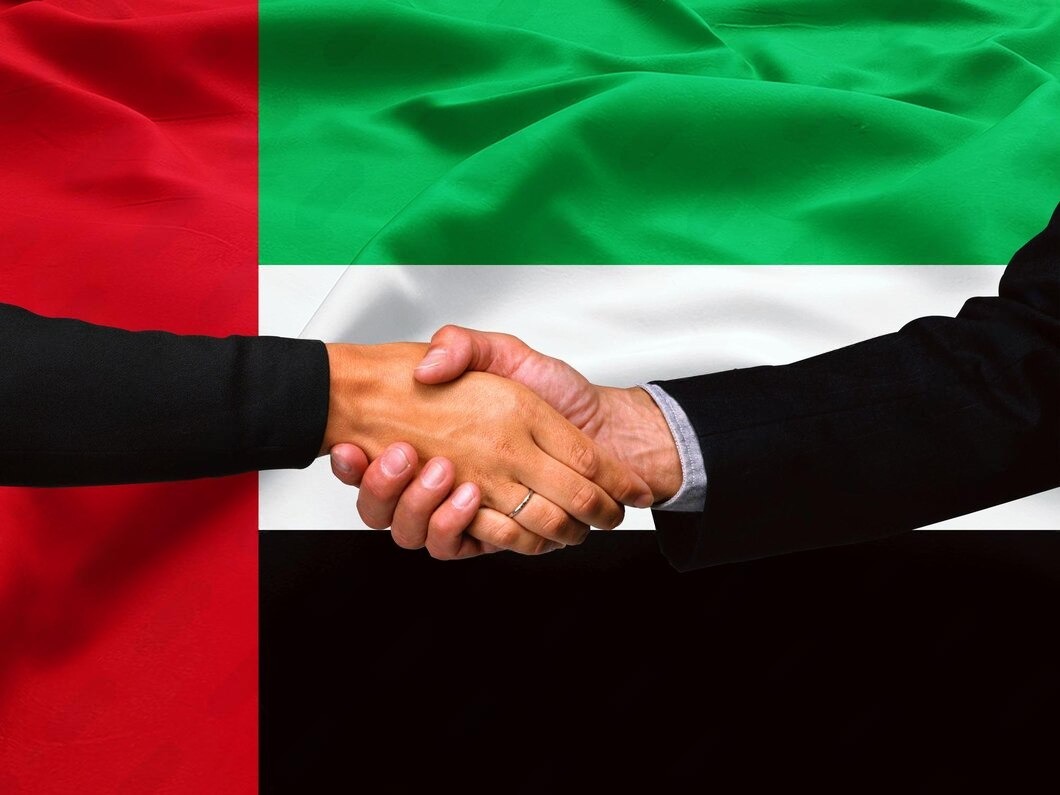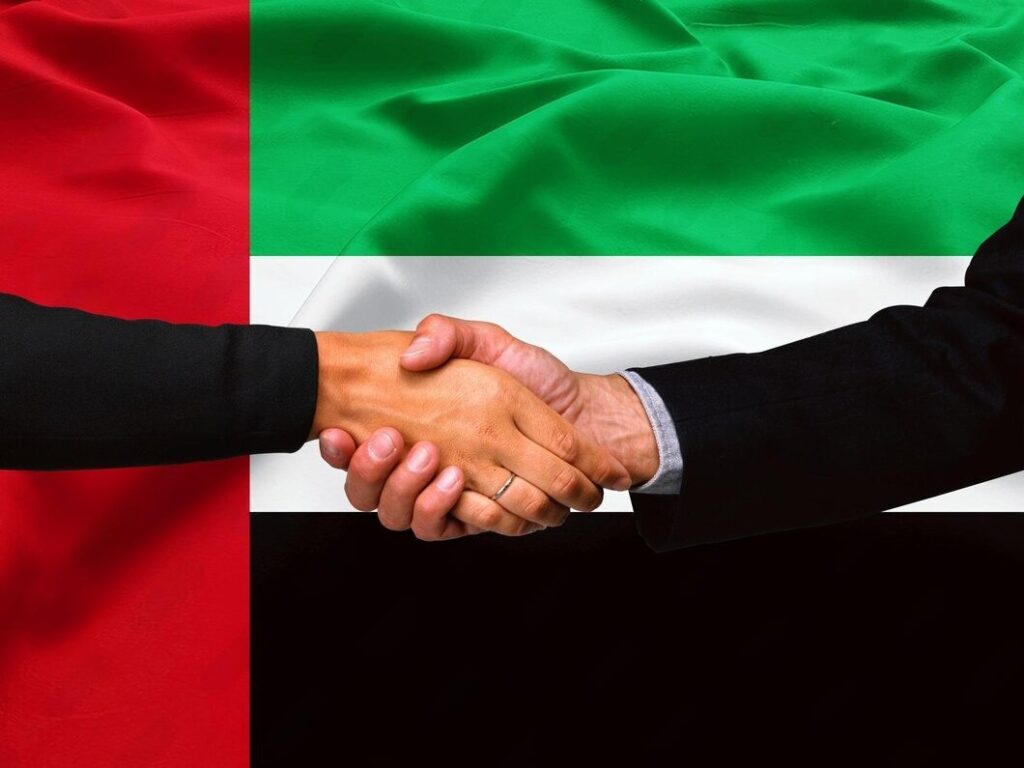

CEPAs and FTAs: Exploring New Partnership Agreements by UAE and GCC Countries
In recent years, the United Arab Emirates (“UAE”) and the Gulf Cooperation Council (“GCC”) have concluded several Comprehensive Economic Partnership Agreements (“CEPAs”) and Free Trade Agreements (“FTAs”). This article examines the most impactful CEPAs and FTAs signed by the UAE and the GCC, focusing on their key features, economic implications, and future prospects.
By discussing the key elements and overall scope of such agreements, we highlight how these strategic partnerships are shaping the political and economic landscape of Gulf countries, paving the way for a more integrated and diversified future.
CEPAs are typically bilateral agreements. They are broad economic agreements that go beyond traditional commercial partnerships by including provisions on investments, services, intellectual property (“IP”), and economic cooperation.
FTAs, on the other hand, focus primarily on reducing or eliminating tariffs and trade barriers between countries, promoting the free flow of goods and services. Similar to CEPAs, FTAs aim to strengthen economic ties and create more resilient and competitive markets. Historically, the GCC has negotiated and signed a few FTAs collectively.
Negotiations and signatures of both CEPAs and FTAs are driven by many factors, including shifting economic dynamics, geopolitical considerations, and the need for Gulf countries to diversify their economies and move away from traditional energy commodity based revenues.
These international agreements are also pivotal for the GCC and the UAE in expanding market access, attracting foreign investments, and fostering innovation and technological exchanges. They serve to enhance trade and economic relations with various countries and regions, integrate economies more deeply into the global trade network, diversify economic bases, and create new opportunities for businesses and investors.
Below we first consider the UAE’s CEPAs to then consider the GCC’s FTAs.
UAE CEPAs
Since 2022, and therefore only fairly recently, the UAE has been proactively pursuing CEPAs, independently from the GCC, with strategic nations and large economies such as those of India and Indonesia to strengthen economic ties and position itself as a global trade hub.
While each CEPA has unique elements tailored to specific bilateral relationships, common themes emerge across agreements. For instance, the emphasis on reducing tariffs is consistent, with varying timelines and percentages. In this regard, the UAE-India CEPA includes a staggered elimination of tariffs on over 80% of goods, fostering a more competitive market environment. Similarly, the UAE-Indonesia CEPA aims for a 90% tariff reduction on goods, demonstrating the UAE’s commitment to free trade.
Another hallmark of the UAE’s CEPAs is the emphasis placed on investment facilitation. An example in this regard is the UAE-Israel CEPA, which includes provisions encouraging investments in technology and innovation, reflecting a clear interest in advancing these sectors common to the two countries. Also importantly, Article 12.3 of the UAE-Israel CEPA stipulates the establishment of a joint investment committee to monitor and promote investment flows.
Services and digital trade are also central to CEPAs. Noteworthy, all CEPAs signed by the UAE include provisions on digital trade, with an aim to reduce obstacles for UAE companies operating in the digital economy, help stimulate investment in new technologies, and accelerate the nation’s digital transformation.
Other specific sectors may be addressed. For instance, the UAE-Indonesia CEPA includes a specific chapter that commits both parties to promote the Islamic economy in the food, fashion, finance, tourism and pharmaceutical sectors, given that Indonesia is one of the top 20 global exporters of Halal products.
The UAE’s CEPA landscape keeps evolving at fast pace. Very recently, the UAE concluded negotiations with New Zealand, on September 26, 2024. Once in effect, this CEPA will remove tariffs on 98.5% of New Zealand’s exports to the UAE, rising to 99% within three years. This agreement will also open significant opportunities for New Zealand exporters towards the UAE, especially in key sectors like dairy, meat, horticulture, and industrial goods.
The UAE successfully concluded negotiations with Australia in September, followed by the signature of the CEPA earlier this month. Additionally, in October, the UAE signed CEPAs with both Jordan and Serbia. Meanwhile, the UAE has initiated negotiations with Japan to sign a CEPA aimed at facilitating investments and creating new opportunities for collaboration between the two countries.
Even more recently on 28th October 2024, H.H. Sheikh Mohammed bin Rashid Al Maktoum, Vice President of the UAE, Prime Minister, and Ruler of Dubai, signed a CEPA with Vietnam. This agreement aims to foster promising trade and investment opportunities with the UAE’s top trading partner in Southeast Asia, supporting the growth of the UAE’s non-oil exports.
The UAE’s initiative and commitment to signing CEPAs individually could raise questions regarding its alignment with the GCC customs union, which mandates a unified trade policy and collective external tariffs for Member States. By independently negotiating tariff reductions and expanding market access, the UAE may be seen as diverging from the bloc’s unified trade strategy.
GCC FTAs
The GCC, comprising six nations (Bahrain, Kuwait, Oman, Qatar, Saudi Arabia, and the UAE), has pursued FTAs to enhance its economic presence in the global market. The GCC’s trade policy is centered around increasing market access for its exports, diversifying economies away from oil, and attracting foreign investments. Over the past decades, GCC has concluded two FTAs, with notable agreements signed with Singapore in 2008 and the European Free Trade Association (“EFTA”), including Iceland, Liechtenstein, Norway, and Switzerland, in 2009.
Generally, FTAs primarily focus on the liberalization of trade in goods through two mechanisms: 1) elimination of customs duties and 2) preferential treatment of originating goods. FTAs focus on reducing tariffs on goods and providing preferential market access. FTAs also focus on liberalizing trade in services with specific commitments on market access and national treatment for specified services.
Noteworthy, both FTAs include provisions for the settlement of disputes, consisting of consultations within a joint committee or resorting to amicable solutions and arbitration. A joint committee, composed of members of partner organisations, is also entrusted with the implementation and monitoring of the bilateral agreement.
The following key elements in the FTAs concluded by the GCC can be singled out, namely:
- Economic Diversification and Pro-Business Orientation: Among the primary drivers behind GCC FTAs is the diversification of their economies and the establishment of an active business environment. Historically reliant on oil and gas, GCC countries have increasingly recognized the need to develop sectors such as manufacturing, technology, and services. FTAs are used as tools to open new markets for these sectors, encouraging bilateral trade beyond the energy domain.
- National Treatment and Abolition of Non-Tariff Barriers: FTAs generally ensure the same treatment for domestic businesses and those of the partner countries. Non-tariff barriers are lifted or reduced while simplified customs procedures are introduced. For instance, the GCC-EFTA FTA provides for tariff concessions on processed agricultural products for originating goods.
- Investment and IP Protection: A distinctive feature of GCC FTAs, such as the GCC-EFTA, is the strong emphasis on investment protection and IP rights. This area is of particular importance to trade, especially in the fields of innovation and high-tech industries.
- Government Procurement: Both FTAs concluded by the GCC include provisions regarding the liberalization of government procurement markets. Article 6.1 of the GCC-EFTA FTA and SGFTA stipulate that the parties acknowledge and ensure the effective, reciprocal, and gradual opening of their government procurement markets.
- Tax Treaties Prevalence: Both GCC FTAs include a clause stating that the rights and obligations of any party under a tax treaty override provisions included in the FTAs. This might result in a less favourable tax treatment for foreign investors than domestic businesses. In tax matters, the SGFTA contains an outright ban on the levy of special taxes on cross-border trade of online digital products other than domestic taxes.
The GCC is continuing its global trade expansion through ongoing negotiations and upcoming FTA with key economic and other strategic partners. Notably, earlier in September, the GCC commenced the first round of talks with Indonesia, covering trade in goods, services, digital trade, and sanitary and phytosanitary measures. Both sides aim to establish a framework and timeline to finalize the agreement within 24 months.
Last year, in September 2023, GCC signed an FTA with the Islamic Republic of Pakistan. This FTA focuses on key sectors such as agriculture, mining, information technology, defense production, aiming to boost Pakistan’s export to the region. Additionally, on 28 December 2023, the GCC and South Korea concluded their negotiations, signing a joint statement to formalize their FTA.
Furthermore, on September 11, 2024, China expressed its desire to expedite FTA negotiations with the GCC during a meeting in Riyadh. Following ten rounds of talks since 2005, both parties now aim to finalize the agreement more swiftly.
The GCC is also in the final stages of negotiating an FTA with Malaysia, as well as with the United Kingdom (“UK”). Indeed, the Secretary General of the GCC, Mr. Jasem Mohamed Albudaiwi stated that the GCC and the UK are in the final stages of negotiations for an FTA with the aim to sign the agreement this year.
More recently on 31st October 2024, the GCC and New Zealand concluded negotiations on an FTA which will deliver duty-free access for 99% of New Zealand’s exports over 10 years when combined with the UAE-NZ.
On a larger scale, the GCC countries, along with 20 Arab nations, have entered into an Agreement to Facilitate and Develop Trade among Arab States (“GAFTA”) which fully came into force in 2005. The GAFTA covers goods and completely eliminates customs duties. On the same note, Arab nations have also established the grounds for trade in services through The Arab Framework Agreement of Liberalization of Trade in Services Among Arab Countries. This agreement came into force in 2019 and provides key benefits such as providing access to markets of non-world trade organization members of the Arab states and granting service suppliers national treatment except as stipulated in the schedules of obligations.
We highlight that the above two agreements are part of the wider Arab trade and not entered into by the GCC block as such.
Annex
UAE Comprehensive Economic Partnership Agreements (“CEPA”)
List of Countries with Signed Agreements and Current Negotiations
Gulf Cooperation Council Free Trade Agreement (“FTA”)
List of Countries with Signed Agreement
Join our Aurifer’s Webinar on CEPAs and FTAs in the UAE and GCC!
Want to know more about CEPAs and FTAs in the UAE and GCC? Join us for an in-depth webinar on 12 December 2024 at 2.00 PM (UAE Time)!
During the webinar, our Aurifer experts will discuss the latest developments in CEPAs and FTAs. Attendees will gain valuable insights into how these agreements are shaping the region’s economy and learn how to leverage them for business growth.
Don’t miss this opportunity to stay ahead in the dynamic world of international trade! Stay Tuned for further updates on the matter!
Get in touch with Nirav Rajput (nirav@aurifer.tax) and Toshin Bishnoi (toshin@aurifer.tax) to discuss your international trade matters.

